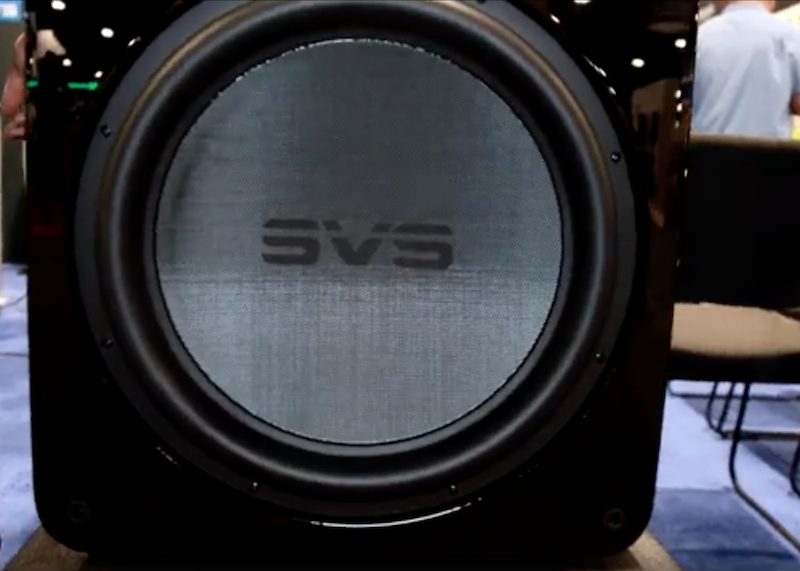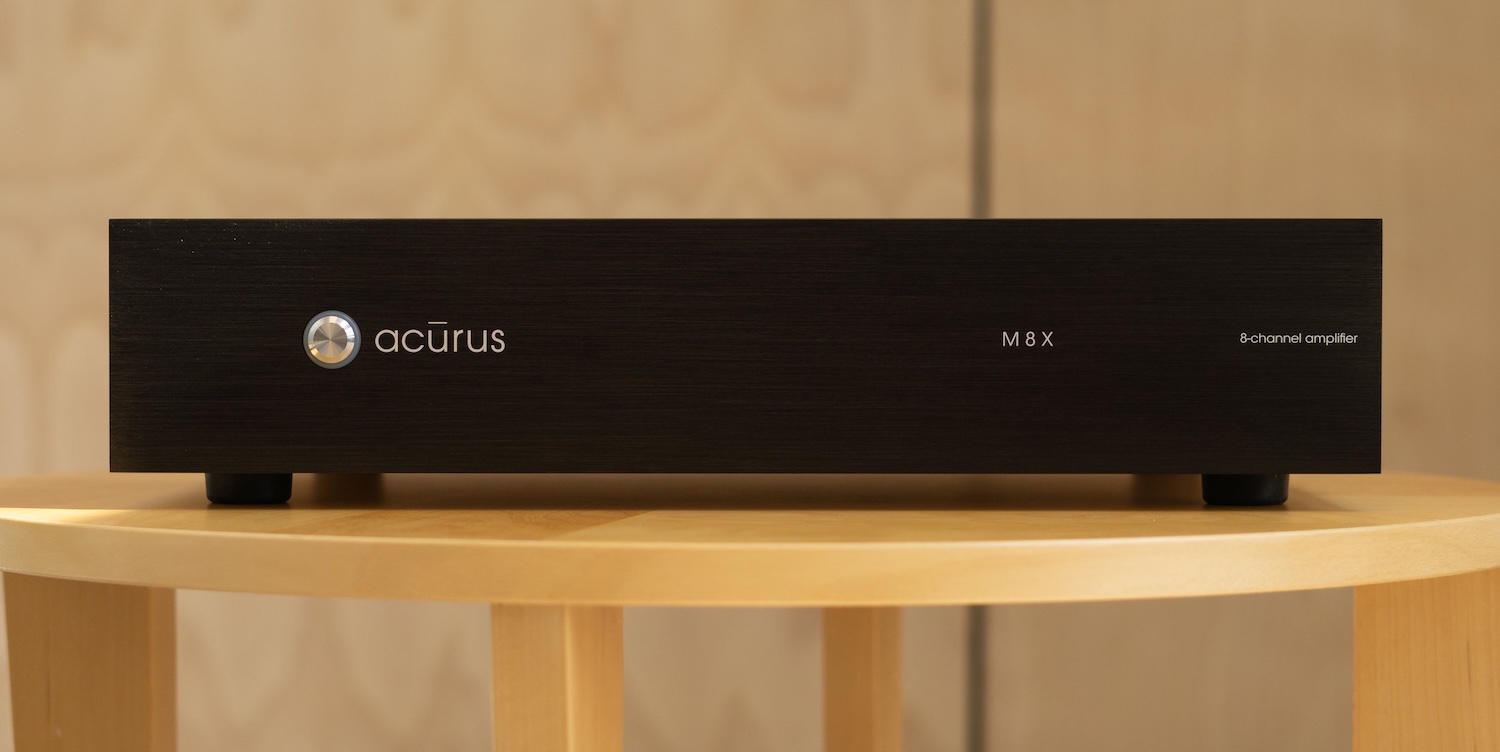What does it mean to have an immersive home theater or media room experience? A big screen is undoubtedly important, but the true emotional and physical connection to our favorite music, movies, and TV shows comes from the sound.
Within the soundstage, you could argue that the deepest, most powerful notes and effects have the biggest impact on setting the beat or mood and conveying what a musician or director intended. And for that, you need a subwoofer.
What is a Subwoofer?
A subwoofer is a speaker designed to reproduce low-frequency sounds (aka bass), typically below 120 Hz. Most home audio subwoofers are powered, meaning they have built-in amplifiers. These amplifiers receive signals from an AV receiver or preamplifier, creating the bass and low-frequency effects (LFEs) critical to a full sound experience.
Why Are Subwoofers Crucial?
There are six key reasons why subwoofers dramatically improve your home theater or music listening experience. They reproduce low frequencies that most speakers can’t reproduce, add depth to the audio, reduce the strain on other speakers, free up power from the AV receiver, offer better volume control, and provide a visceral, physical connection to the sound.
Let’s explore each in more detail.
- Adding Depth and Impact – Low-frequency sounds, like explosions or deep instrumental notes, provide depth, mood, and drama. Without a subwoofer, these sounds may lack the intensity intended by filmmakers or musicians. Subwoofers bring these critical sounds to life, enhancing the overall experience.
- Feeling the Sound – Perhaps most importantly, subwoofers allow you to “feel” sound. The rumble of a spaceship, the growl of a dinosaur, or a plucked bass string is experienced physically, creating a sensation that no other speaker can replicate. Subwoofers make your home audio experience more immersive by adding this crucial physical dimension.
- Reducing Strain on Other Speakers – When subwoofers handle low-frequency sounds, other speakers are free to focus on midrange and high frequencies, improving overall sound clarity and dynamics. This balance makes the entire system sound better, with each speaker performing at its best.
- Freeing Up Power from AV Receivers – Powered subwoofers come with their own amplifiers, meaning they don’t draw power from your AV receiver. This allows your receiver to focus on powering other speakers, improving their performance, and enabling you to play the system louder without distortion.
- Better Volume Control – With a subwoofer, you can adjust the volume of low-frequency sounds independently from the rest of the speakers. This flexibility ensures better sound balance and can also add extra low-frequency output when you want to shake the room with deep bass.
- Fill in where speakers struggle, deep bass frequencies – Most speakers, including bookshelf speakers, center channels, and tower speakers, are incapable of reproducing low frequencies with the same accuracy and weight as a subwoofer because the drivers lack the surface area and power to move enough air for deep, visceral sonic output. Without a subwoofer, you miss out on the full range of sound in your content.
How to Choose a Subwoofer
Once you decide to add a subwoofer, several factors need consideration, including subwoofer type, room size, budget, and placement. SVS offers various resources and a subwoofer matching tool, to help you find the perfect subwoofer.
- Tips for Choosing the Best Home Theater Subwoofer
- SVS Subwoofer Matching Tool
- Ported vs. Sealed Subwoofers: A Comparison
- Why Go Dual Subwoofers
Additionally, SVS provides a 45-day risk-free trial with free shipping and returns. For more information, contact the SVS support team.







![ecobee premium airzone control The ecobee Smart Thermostat Premium. [Photo credit | ecobee]](https://restechtoday.com/wp-content/uploads/2025/06/ecobee-premium.jpg)
